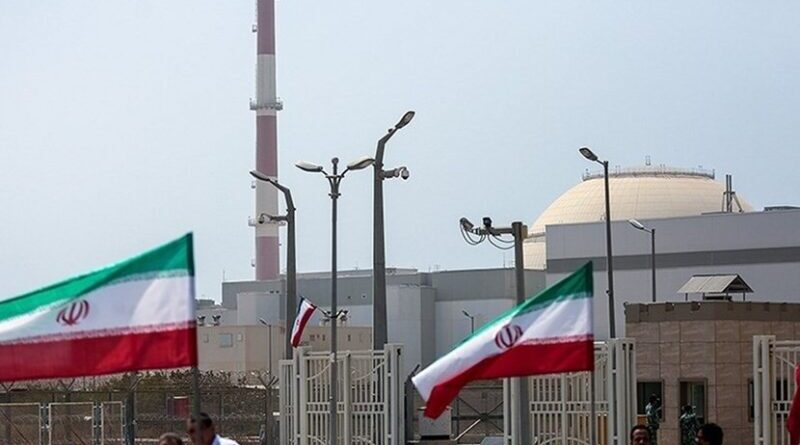Military Strike To Have ‘Devastating’ Impact On Democracy In Iran – Report
By GVF
A military strike against Iran’s nuclear facilities would have a devastating effect on those who dream of democracy in Iran, says a new study titled The Ayatollah’s Nuclear Gamble by Khosrow B. Semnani, published by the Hinckley Institute of Politics, University of Utah and Omid for Iran.
“The risks to the Iranian people of military strikes have never been greater,” the report’s executive summary argues.
“Conventional strikes involving the systematic bombing of nuclear installations can be far more devastating than nuclear and industrial accidents such as Chernobyl, Fukushima, Three Mile Island or Bhopal. The damage from strategic aerial bombardment is planned to be total and irreversible. It leaves no time for intervention, no chance for evacuation and no possibility for containment.”
The report, which does not take into account the deeply buried Fordow site near Qom, assumes a conservative strike scenario and analyses the impact of conventional military strike against the nuclear sights in Isfahan, Natanz, Arak and Bushehr.
It concludes that the casualties as the result of the strikes will exceed 5,000 personnel at the nuclear sites, while the secondary civilian casualties as a result of exposure to the release of toxic and radioactive materials could elevate this number to over 80,000 citizens.
“Tens, and quite possibly, hundreds of thousands of civilians could be exposed to highly toxic chemical plumes and, in the case of the destruction of operational reactors, radioactive fallout in Arak and Bushehr.”
“An entire generation,” the paper continues, “will likely feel enmity toward those who supported the attack, or failed to prevent it.”
In the city of Isfahan alone, the report’s conservative estimate puts the number of casualties in the range of 12,000-70,000 people, making it a tragedy similar in magnitude to the Bhopal accident at the Union Carbide plant in India in 1984.
The catastrophic aftershocks of such a strike will not be limited to the borders of Iran, the paper maintains. “An attack on the Bushehr nuclear power plant would pose a grave environmental and economic threat to civilians in Kuwait, the United Arab Emirates, Iraq and Saudi Arabia.”
It also dismisses claims that destroying the Iranian nuclear sites could be as simple and effective as the strike on the Iraqi nuclear site at Osirak in 1981.
“Such an analogy is false … Iran’s nuclear plants cannot be compared to Osirak. They are widespread, operational, heavily manned, and contain hundreds of tons of highly toxic chemicals and radioactive substances.”
Semnani, the report’s author, calls on the United Nations Security Council, International Atomic Energy Agency, the Red Crescent, and other international organisations to address the humanitarian consequences of the bombing of Iran’s nuclear facilities before it enters an operational phase.
“The best long-term strategy would be a democratic, transparent, and accountable government in Iran,” it concludes.

